The Law Against War —— The Prohibition on the Use of Force in Contemporary International Law
----- 反战争法:当代国际法禁止使用武力
Part 1 : Outlines of the prohibition of resorting to force 1: Methodological debates and methodological options 1.1: The methodological debate relating to the non-use of force : extensive approach versus restrictive approach 1.2: Methodological options ensuing from the choice of a restrictive approach : conditions governing the evolution of the rule prohibiting the use of force 2 : Th subject matter of the prohibition : "resort to force" and "threat" 2.1: Prohibition of the resort to " force " 2.2: Prohibition of the " threat " of using force 3 : The impact of the prohibition : "International Relations" and effects on Third States 3.1:Resorting to force in " International Relations " - the problem of non-State actors 3.2: Third States in an armed conflict 4 : The peremptory nature of the prohibition of using force and its consequences 4.1 : A peremptory norm (jus cogens). 4.2 : A rule tolerating no circumstance precluding unlawfulness Part 2 : Limits to the prohibition of resorting to force 5 : Intervention by invitation 5.1 : The general legal system of military intervention by invitation 5.2 : The legal system of military intervention by invitation in an internal conflict 6 : Security Council authorization 6.1 : The general legal system of authorized military intervention 6.2 : The problem of the presumed authorization 7 : Self-defence 7.1 : The condition relating to the existence of an "armed attack" 7.2 : Necessity and proportionality 8 : Humanitarian Intervention 8.1 : The absence of recognition in legal instruments 8.2 : The absence of conclusive precedents.
{{comment.content}}
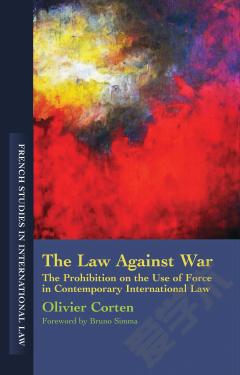
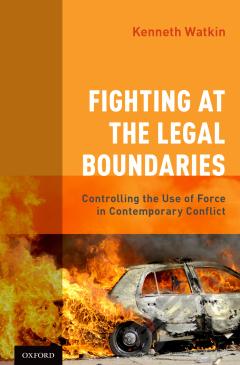

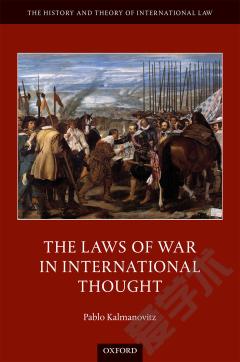
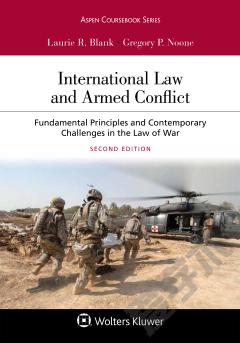

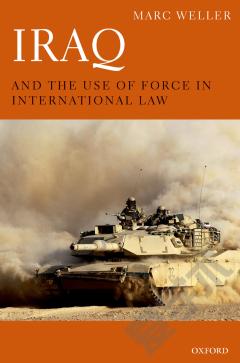

 京公网安备 11010802027623号
京公网安备 11010802027623号